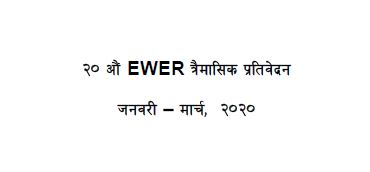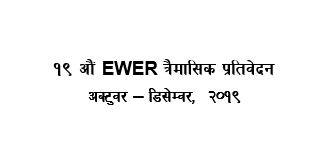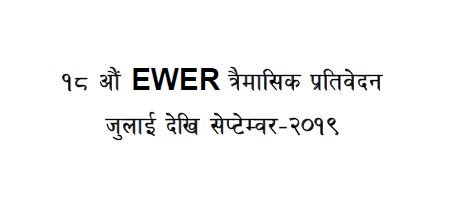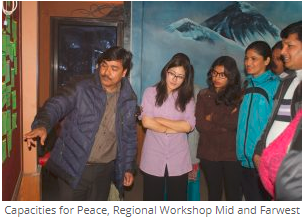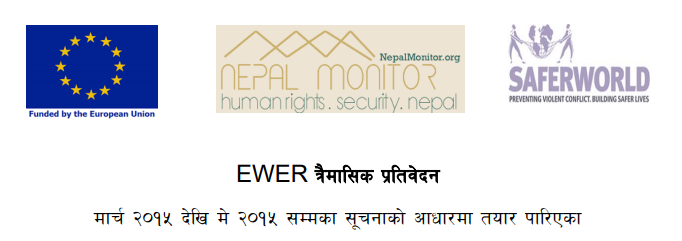Incident Reports
Conflict victims turn to local level for reparation
2018-09-30
Nepal
-Annoyed by and impatient at the delays by the transitional justice bodies and the federal government in finalising the reparation policy, conflict victims have started reaching out to the local governments for priority while formulating the local policy—one of the many reparation measures.
Leaders of the Conflict Victims Common Platform (CVCP), an umbrella body of 13 organisations advocating justice of war-era victims, have started dialogue with the chief and other members of local governments for recognition of the victims. CVCP President Bhagiram Chaudhari has consulted with eight local governments in Bardiya district, one of the districts with the highest number of enforced disappearances during the Maoist insurgency.
With the powerful local governments in place, the conflict victims want their role in the reparation programme.
“We have consulted with different local governments and they have agreed to take initiatives for reparation,” Chaudhari told the Post.
“This would be a step forward in consoling the victims who have been completely ignored by the federal government.”
The local governments have agreed to prioritise victims in their education and social security policies in addition to naming local public infrastructure after those forcibly disappeared or killed in the decade-long conflict.
More than 17,000 were killed and hundreds of thousands displaced between 1996 and 2006. Over 1,400 people are believed to have been disappeared. More than a decade since then rebel Maoists signed a peace deal, justice continues to elude conflict victims despite promises by successive governments.
Three years since the formation of the Truth and Reconciliation Commission and the Commission of the Investigation on the Enforced Disappeared Persons, they are yet to come up with a reparation policy. Along with truth seeking, prosecution and assurance for non repetition, reparation is one of the major pillars of transitional justice.
Families of those disappeared and murdered have received Rs1 million each a decade after the insurgency ended but the victims of torture have not been compensated. In order to facilitate the two TJ bodies, the conflict victims have taken a lead in drafting an advocacy paper on the reparation process and submitted it to the two commissions and the Law Ministry.
The advocacy paper, prepared with support from human rights organisations, highlights the fact that reparation should be based on the need of individual victims, not imposed by the government. It says that reparation is the right of conflict victims and that the “one-size fits all” policy does not apply to it. It has recommended several short- and long-term reparation measures.
It also proposes quota for the victims in government jobs, public apology by the top political leadership, observing ‘National Sorrow Day’ to commemorate the war victims, and giving martyr status to those who lost their lives in the conflict.
Issuing identity cards to conflict victims, short- and long-term livelihood programmes, rehabilitation of the displaced, employment for the victims, free education for the victims’ children, free health services, and skill and professional training are the other recommendations.
National/Online Media
Related Reports
Transitional Justice / Conflict Victims / Kathmandu
Demonstration staged demanding to rectify TRC bill
August 04, 2023
Transitional Justice / Conflict Victims / Kathmandu
Police detain protesting armed conflict survivors in Kathmandu
April 18, 2023
Transitional Justice / Conflict Victims / Kathmandu
Conflict victims, police clash at New Baneshwar
April 18, 2023
Transitional Justice / Conflict Victims / Kaski
Conflict victims stage sit-in in Kaski demanding to make transitional justice bill victim friendly
March 31, 2023
Transitional Justice / Conflict Victims / Kathmandu
Conflict victims stage demonstration in Kathmandu demanding honorable justice
August 15, 2022
